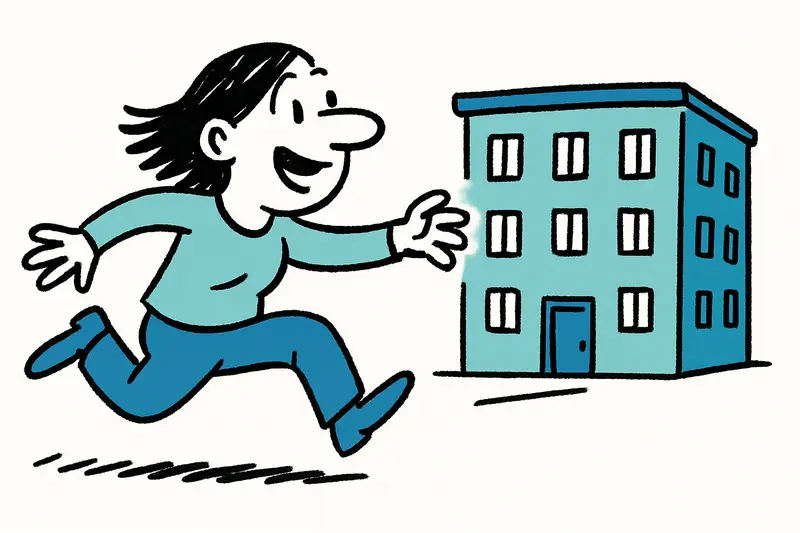In Manacor, ten price-controlled apartments have opened — converted from former shop premises and reserved for island residents. A beginning, some say; others say it's not enough.
Manacor gets its first price-controlled homes
In the early morning, around 11:00, a few neighbors stood with coffee cups in front of the house, some older ladies wondered whether the elevator was really in the plans. The Balearic government has completed its first smaller project in Manacor: ten apartments converted from former commercial spaces, offered at fixed prices between 119,000 and 164,000 euros. They have already been allocated to island residents.
That sounds like little – and it is when you think of the overall housing market. Still: For the people who can now move into one of these apartments, it makes a noticeable difference. I spoke with a young woman who has worked in Manacor for years. She said she never thought she would buy property here; the gap between rent and savings seemed too wide. Now she can count on a clear price, without hours-long bidding battles.
How were the apartments created?
The project is based on repurposing vacant storefronts in central locations: pragmatic, without much frill, with the necessary new electrical installation and compact kitchen units. The aim was to reactivate spaces and at the same time create affordable housing. According to the government, in the coming years around 5,000 more price-capped units are planned for the Balearics.
Important: These apartments are intended for island residents. The criterion of length of stay and the priority for people who work here or have roots here were central to the allocation. That meets with approval – but not universal joy.
What do critics say?
Critics argue that ten apartments are far from enough. In conversations at the market I heard lines like: "Well, it's a drop in the bucket." Others note that the prices are capped, but not necessarily affordable for all social groups. There are calls for clearer allocation criteria and more comprehensive renovation plans in the city center.
Why the step is still important
Such measures are rarely spectacular. They are more sober, bureaucratic work: conversion plans, building permits, tendering. Yet these steps create opportunities – especially for families, single parents, or older people who want to stay in their home. If the promised 5,000 additional units actually follow, the island will feel the long-term impact.
In the afternoon, as the sun stood lower and I passed the corner again, I saw moving vans, boxes and small groups laughing. It looked simple and human. A beginning, not a solution to all problems. But a beginning that should be noted.
What lies ahead now: Watch how the allocation criteria are implemented, how the neighborhoods react, and whether other similarly pragmatic projects follow. For many here, in the end what counts is an apartment you can plan for – without daily new surprises on the market.
Similar News

Housing Shortage in Mallorca: Residents and Real Estate Agents in a Heated Exchange
The clash over vacancies and luxury sales heats up again: residents demand protection, agents warn against easy solution...
From the squatter eyesore to a luxury project: Penthouses in Palma for €1.55 million.
A long-abandoned house at the corner of Comte de Barcelona and Rodríguez Arias is being transformed into a luxury reside...

Palma plans over 3,500 new apartments – what that means for districts like Son Güells.
The city administration has approved the construction of more than 3,500 homes in the new development areas Son Güells a...

Palma launches construction drive: Thousands of new apartments planned
The city administration has registered several major projects — new laws allow denser construction. Residents are concer...

Rental prices in Mallorca rise sharply after minimum contract term.
After the mandated minimum contract duration expires, landlords often demand significantly higher rents. Single parents ...
